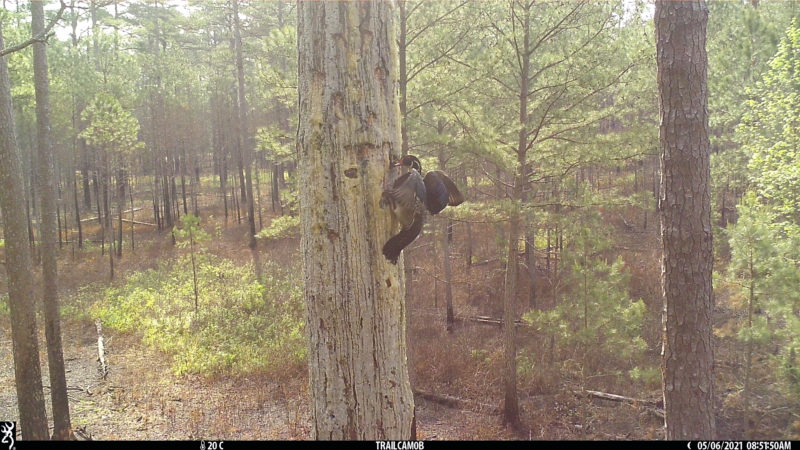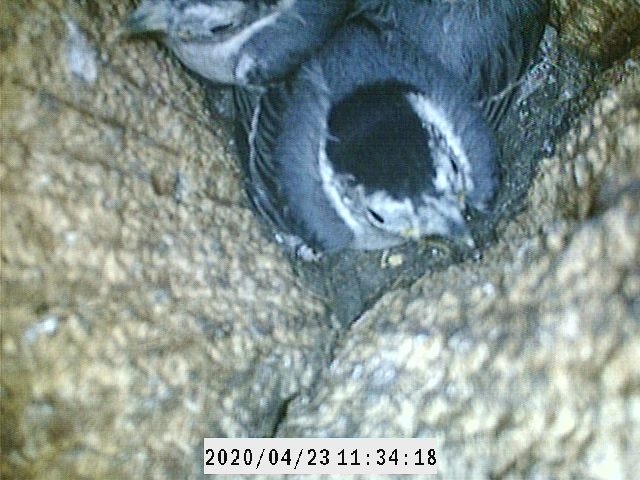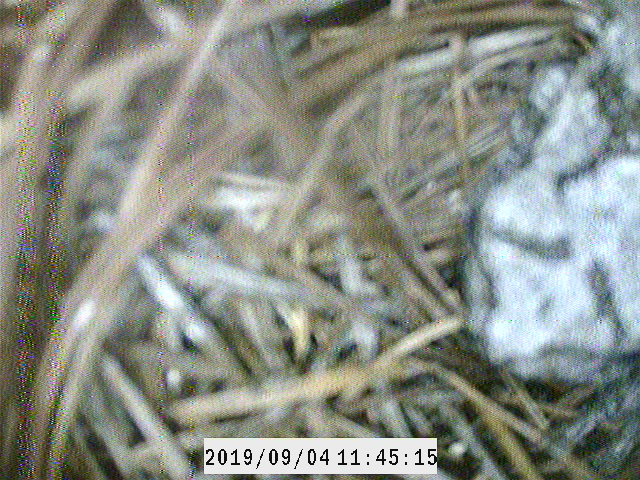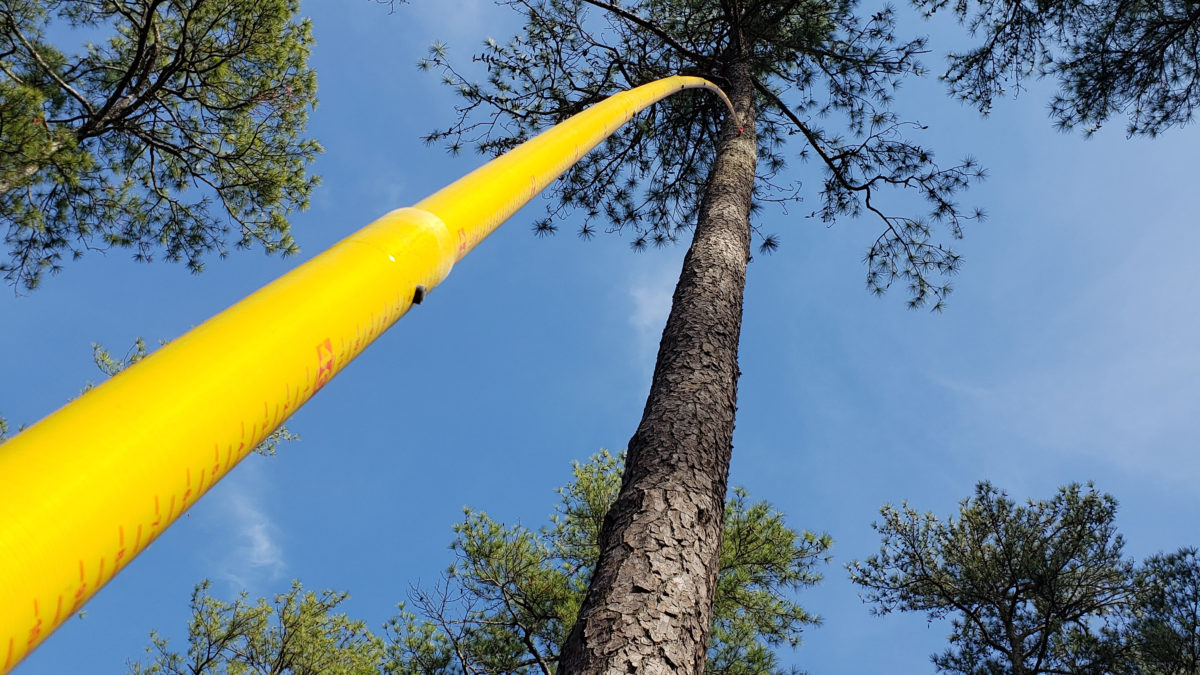RCW Cavity Creation Benefits the Surrounding Piney Grove Animal Community

Chesapeake Eagles Shift Behavior
January 11, 2023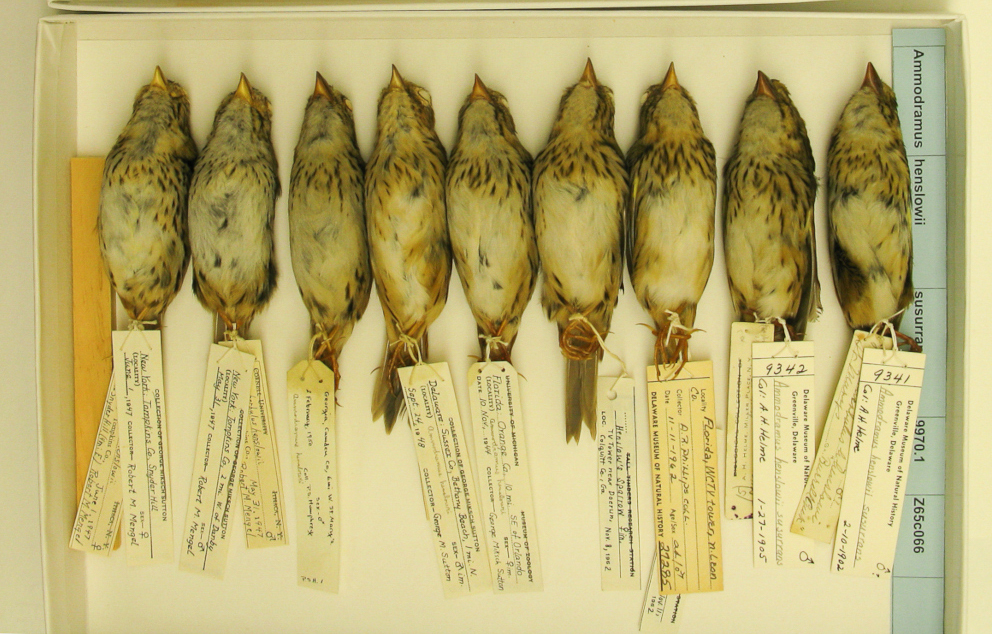
Henslow’s Lament
March 21, 2023By: Chance Hines
1/9/23
During late autumn, a biologist from The Center for Conservation Biology (CCB) approaches a cavity created by a red-cockaded woodpecker (RCW) at Piney Grove Preserve in Sussex County, Virginia. The songs of early-arriving fox sparrows fill the air, eagles swoop through the canopy in search of deer carcasses, and a woodpecker taps a nearby loblolly pine but the question that fills the biologist’s mind is, “What will I see inside that cavity?”
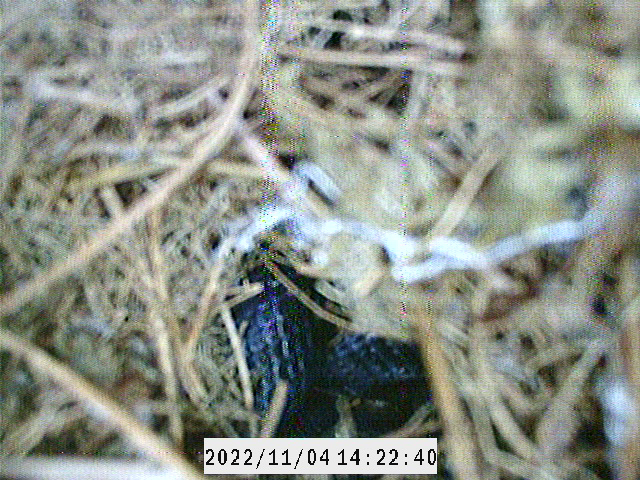
CCB monitors these cavities because their availability can limit or facilitate the population growth of RCW, a federally threatened species. Other animal taxa can usurp or damage cavities, so in some populations measures are taken to exclude or remove those animals. CCB Biologists have assisted the Great Dismal Swamp National Wildlife Refuge in removing large numbers of paper wasps and mud-daubers that invade RCW cavities. Though in some RCW populations, the removal of animals like red-bellied woodpeckers and flying squirrels has not necessarily led to positive results. RCW biologists have also developed a device called a “restrictor plate” that is widely used to prevent other woodpecker species and flying squirrels from damaging cavities and have installed thousands of artificial cavity inserts throughout the bird’s range to provide additional roosting trees.
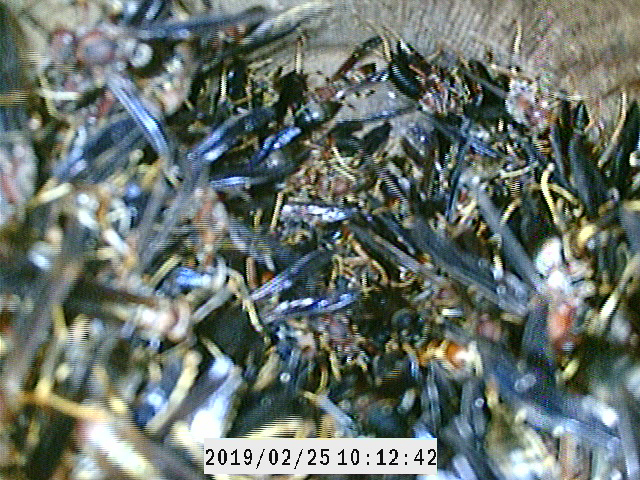
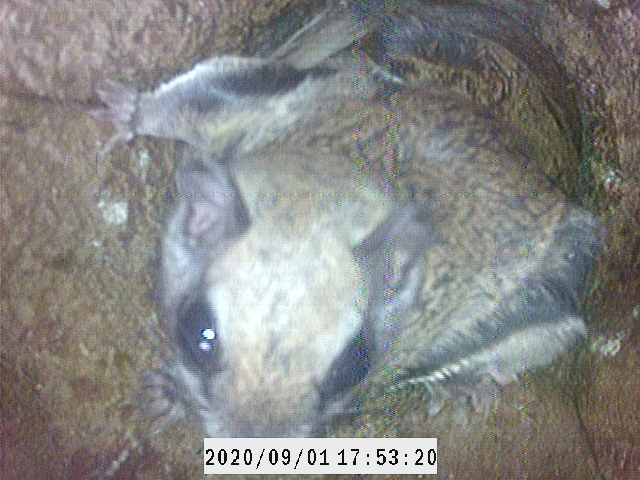
During the most recent cavity tree inspections, biologists inspected 382 cavities in 329 trees. A total of 87 cavities appeared to be actively maintained with an additional 23 completed cavities exhibiting evidence of recent RCW activity. This aligns closely with the 84 birds observed at Piney Grove during the annual winter census in 2022. Though 107 of the inactive cavities were started throughout the years and remain incomplete, plenty of completed and abandoned cavities remain available for use for other animals.
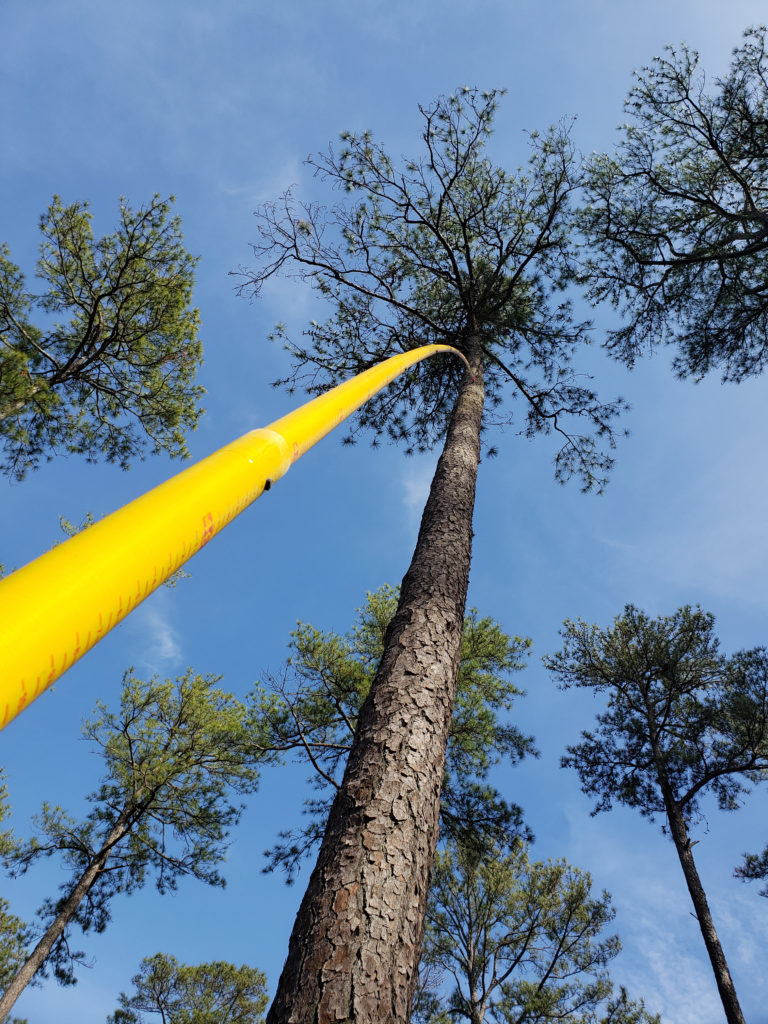
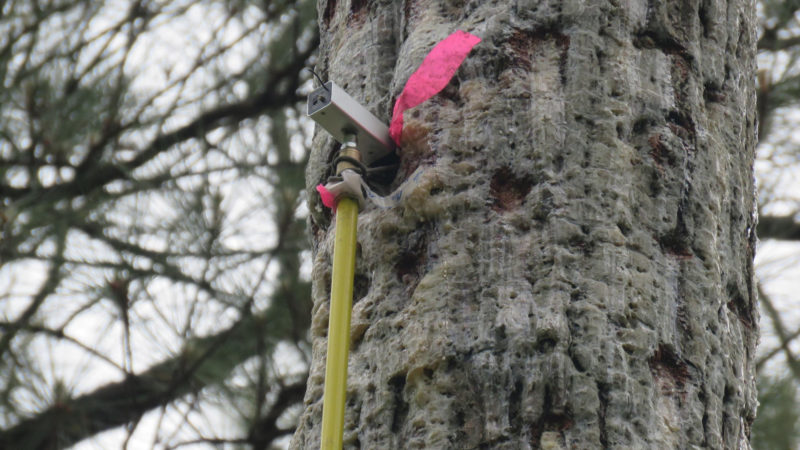
Red-cockaded woodpeckers are considered a keystone species because the cavities they create are used by such a large variety of other species. Many cavities that are no longer in use by RCWs can be inhabited by flying squirrels and other woodpecker species that enlarge the cavities and entrances. During 2022, CCB staff observed 12 bird nests within cavities that may have belonged to a variety of species observed during the summer breeding season, including pileated and red-bellied woodpeckers, northern flickers, white-breasted nuthatch, eastern bluebirds, tufted titmouse, great-crested flycatchers, and wood ducks. A rarely seen fox squirrel was even observed using a cavity during the most recent survey. Red-cockaded woodpecker population growth within Virginia is a remarkable success story and involves a wide ranging collaborate effort among partners like The Nature Conservancy, Virginia Department of Wildlife Resources, United State Fish and Wildlife Service, CCB, and many others. The population has rebounded from only a handful of birds in the early 2000s to triple digits the last few years. However, it is important to recognize how these birds have altered the habitat they occupy, providing their abandoned cavities to other species for nesting and shelter. Spending time at Piney Grove Preserve is a richer experience because of their presence.
